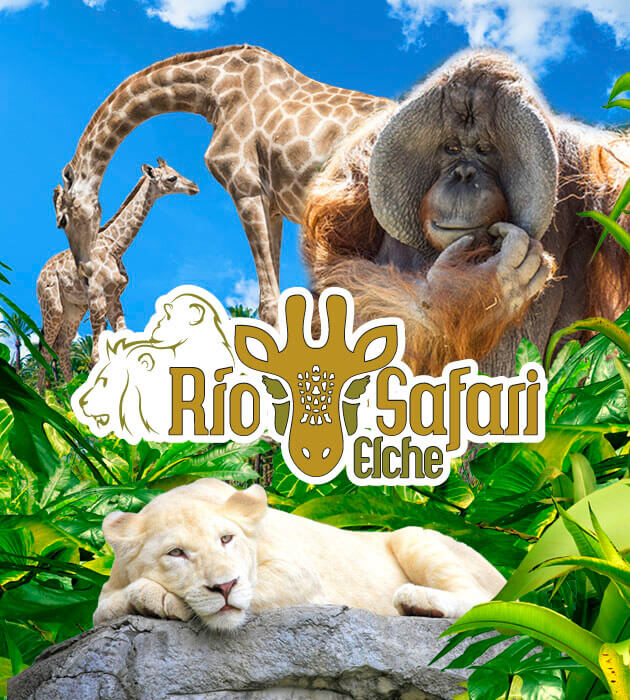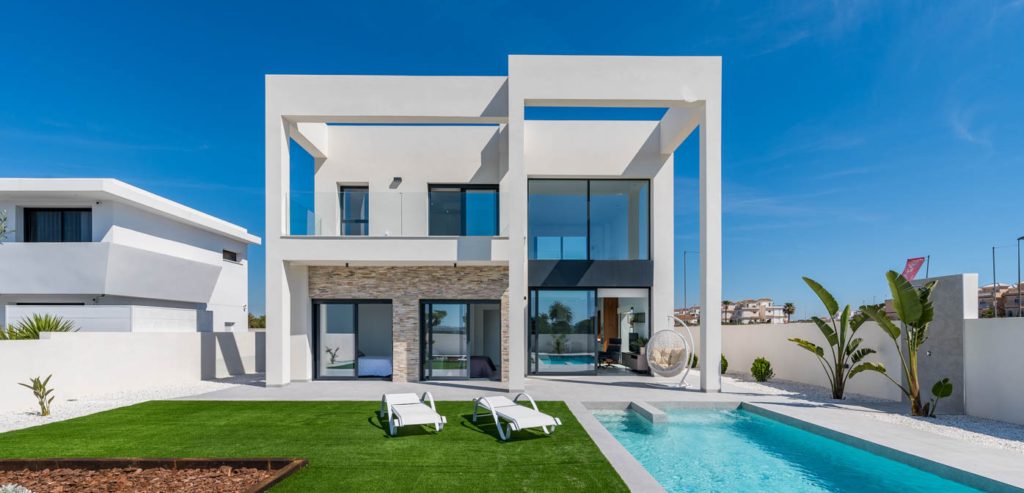What to do Elche, Spain
Elche (Valencian: Elx) is about 30 minutes south of Alicante. This city has a rich history and has no less than 3 cultural heritage sites on the Unesco World Heritage List. This city offers a good mix of culture and nature.
The town
Elche has the third-largest number of inhabitants of the Valencian region, after Valencia and Alicante. A part of Elche is located on the coast. This 9 km long coastal strip is free of buildings (except Arenales del Sol and El Pinet).

It has a unique ecosystem consisting of dunes, forests with pine trees and golden sandy beaches. This is a highly recommended area for enjoying a picnic in nature with the whole family.

The town itself is located 11km from the Mediterranean Sea and is divided into 2 parts by the Vinalopo, a small stream that flows through the city. Elche has beautiful city parks and lively squares (including La Glorieta Plaza) and rich history.
Elche Spain | The history
The history of Elche is very broad. Originally the first settlements were built in L’Alcudia, some 2km from the town. Various populations have stayed there. The traces of these settlements can be admired in the local archaeological museum (MAHE).
The Iberians were the first to really put their mark on the region. The most characteristic proof of this is the “Dame de Elche”, an elegant bust of a lady with a hollow back. This opening served as a storage place for an urn.
The Romans then became lord and master here and L’Alcudia was now called Ilici. But the region had a hard time of it. Due to several heavy battles with barbarians, the town was repeatedly destroyed and rebuilt.

During the 8th and 9th centuries, the city fell into the hands of the Moors. The name was changed to Elx (hence Elche). As well as the name, the Moors also decided to move to the town center.
Elche then regained a period of growing infrastructure and economy until the 13th century. At that time, the Christians conquered the city. The Moors were expelled, and the city lost at least 1/3 of the local population.
From the 19th century, Elche became economically successful again. The main activity became the shoe industry. Today there are still more than 1,000 shoe factories and it is one of the most important centers in Spain and Europe.
Next to shoes, tourism is one of the biggest sources of income for the Ilicitanos (residents of Elche).
Elche Palmtrees | El Palmeral, created by the Moors
El Palmeral is without a doubt the main feature of this beautiful town. Although palm trees have always existed, Elche Palmeral was created by the Moors.

More than 200,000 palm trees were carefully planted.
From a distance, it looks like a big forest, but actually it is a plantation made for agriculture.
That is why ‘the forest’ is divided into several separate squares, of which all flanks are provided with palm trees. In the centers of these squares, crops could then be grown.
In addition, the Moors have also created an extensive irrigation network, which is still partly in use today. The unique “forest” and irrigation system were therefore decisive for the recognition by Unesco.
These days, crops are no longer grown. Elche Palmeral is therefore best known for the added value in terms of nature and culture to the city of Elche. Since a palm tree can reach an average age of 250 – 300 years old, 50,000 trees are currently being prepared for planting.
For those who fancy a pleasant walk, we certainly recommend El Palmeral! Walking amid the greenery, between the birds, ducks and pigeons, a pleasant terrace, … what more could anyone want?
El Huerto del Cura
El Huerto del Curo (the orchard of the priest) is a botanical garden that can be visited for a fee. As well as rare palm trees, you will also find various orange, lemon and pomegranate trees here, plus cacti, carob trees, artichokes and the “Palmera Imperial”.
This last tree is the only one in the world with 7 trunks and has the appearance of a candlestick. In 1894 Queen Elisabeth of Austria (better known as “Sissi”) visited El Palmeral. She was so impressed by this 7-trunked palm tree that the tree was dedicated to her.
The mystery play of Elche (Misteri d’Elx)
In 2001, Spain’s first cultural event made it onto the Unesco heritage list. It is a medieval play that has taken place non-stop in the Basilica of Santa Maria since the mid-15th century.
It is a drama about the ascension of the Virgin Mary. The piece is presented in two parts and can be viewed annually on 14 and 15 August.
Each character is played by a man, through which a tradition has been respected since the Middle Ages, despite the many calls to include women in the play.
The text of Misteri D’Elx is written in old Valencian, but also contains some Latin verses. The music is an amalgam of styles from different times. Thus, it contains elements from the Middle Ages, the Baroque and the Renaissance.
Recommendations, What to do Elche
Elche has a lot to offer! There are numerous museums, the “Baños Arabs” (Arab baths), the “Torre de la Calahorra” (tower next to the Basilica), etc. This is definitely a cultural attraction!
Elche has many nice little shops, but also numerous shoe stores, where big brands are sold at interesting prices. Ladies (and gentlemen) can shop to their heart’s content here.

With the whole family, you can enjoy a trip to “ Rio Safari Elche“. A well-kept zoo where you can view lions, tigers and numerous monkeys.


Football fans can attend a match of Elche CF. This former first division team certainly has enough talent to provide a spectacle.
Real Estate Elche
Are you looking for a property on the Costa Blanca South? Then take a look at our selection of apartments, houses and villas for sale, both new builds as well as existing properties.

Z-Yachting & Golf Estates has more than 20+ years of experience dealing with properties on the Costa Blanca. Our international employees are motivated to help you find the home of your dreams.





